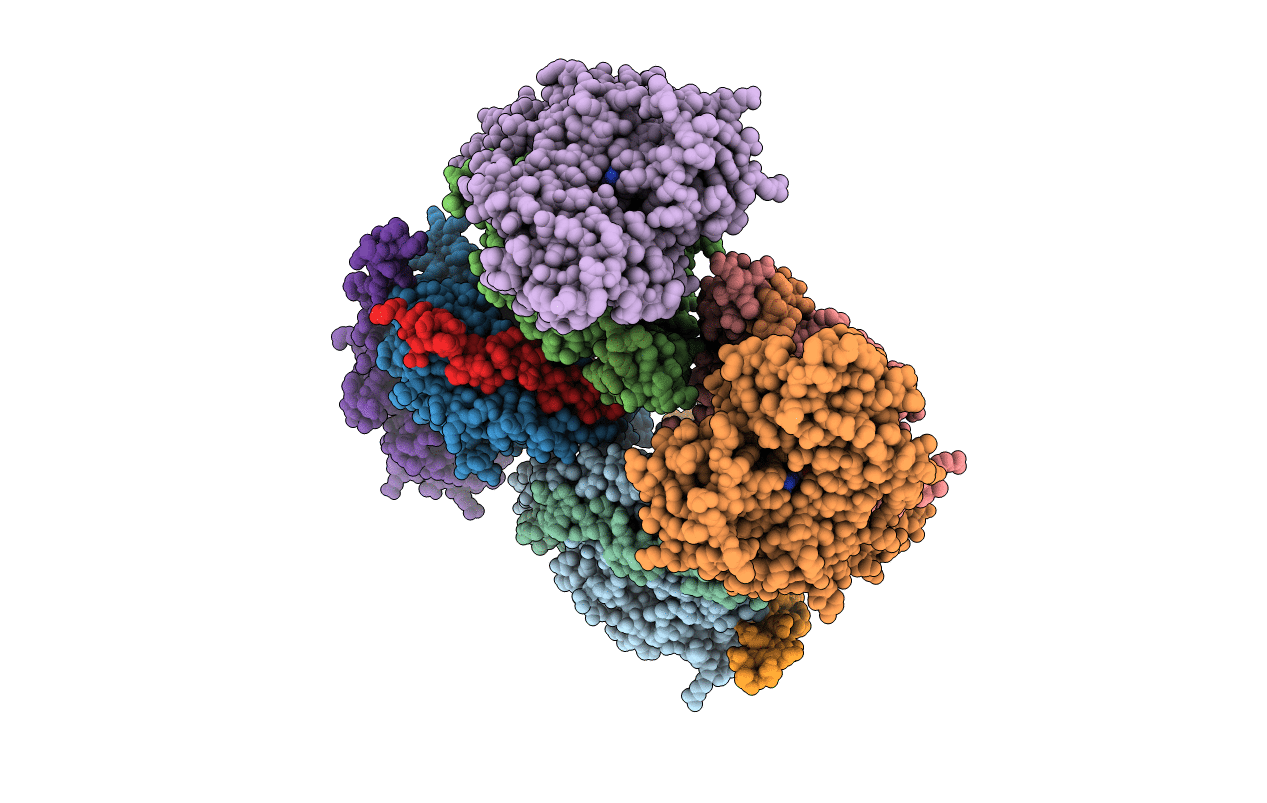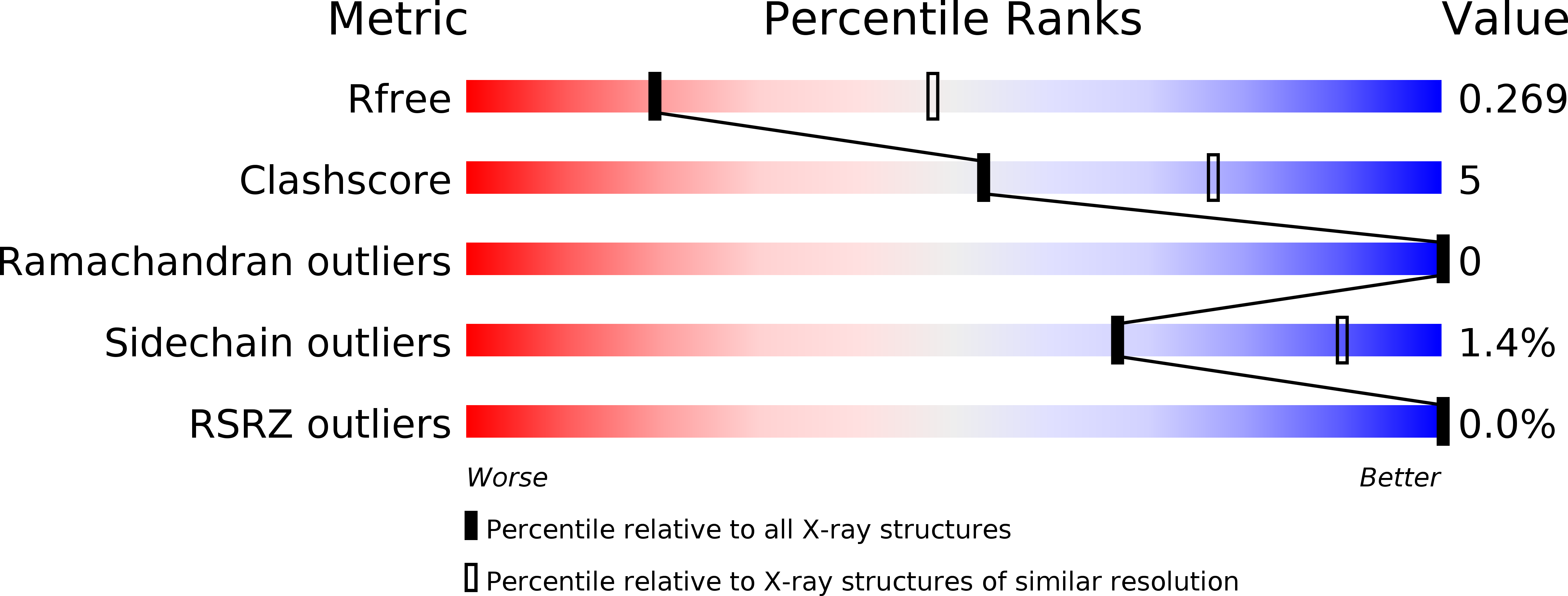
Deposition Date
2018-08-19
Release Date
2019-06-05
Last Version Date
2024-03-13
Method Details:
Experimental Method:
Resolution:
2.80 Å
R-Value Free:
0.26
R-Value Work:
0.21
R-Value Observed:
0.21
Space Group:
P 1 21 1


